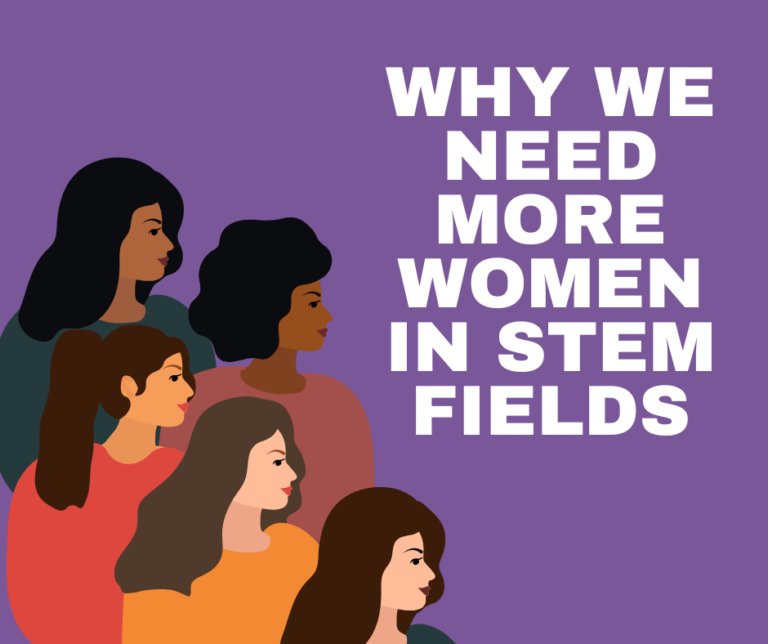Very few women look forward to the “time of the month”. For some of them, it is more than just a minor inconvenience. Deviations can also happen towards the female reproductive system. Endometriosis can happen as an abnormality of a woman’s reproductive organ. This occurs when tissue that is typically inside the uterus grows outside of it. The condition results in especially painful menstruation and more difficulty conceiving. According to the World Health Organization (WHO), it is estimated that about 10% of women worldwide have endometriosis.
Symptoms
Besides dysmenorrhea (painful menstrual cycles), other symptoms include:
- Heavy bleeding
- Pain while using the restroom
- Pain during intercourse
- Other symptoms of physical illness during menstruation, such as nausea, diarrhea, constipation, and excessive tiredness
Spoonies
Some women with endometriosis call themselves “spoonies”. The term refers to a person living with any chronic illness. The term was coined by Christine Miserandio, a popular blogger who lives with lupus (SLE). She described her disease as having “spoons” to use every day before she runs out of energy. “These illnesses are often invisible. To most people, spoonies may appear healthy and able-bodied. Especially when they are young like Sophie Cowley, a woman who suffers from chronic migraines. This is appropriate for women with endometriosis because someone who has the condition certainly does not “look” sick. Unfortunately, the topic of menstruation is often swept under the rug by the general public. Others may mistake a woman’s pain for being “dramatic” or “moody.”
Personal Experience
Anthony Padilla, a popular YouTube star and formerly a member of the Smosh channel, interviewed women with endometriosis. They share their personal experiences and struggles with the disorder.
https://www.youtube.com/watch?v=0aJ9wFUaSUM
Those living with endometriosis do not deserve to suffer in silence. If you suffer from menstrual pain, it is time to seek help from a gynecologist. Be open so that your doctor can diagnose the problem. Look for another professional or second opinion if you feel that you do not get the care you need. Endometriosis can be diagnosed through a variety of methods. It may include an ultrasound, a pelvic exam, laparoscopy, or magnetic resonance imaging. It is also possible to experience endometriosis symptoms without actually having it. Your gynecologist should prescribe you the appropriate treatment to manage your painful symptoms.
Summary
As we aim to be more open and understanding about the people around us, you must also acknowledge that your health is important. If you ever have a problem, speak up about it and seek the care that you need.










